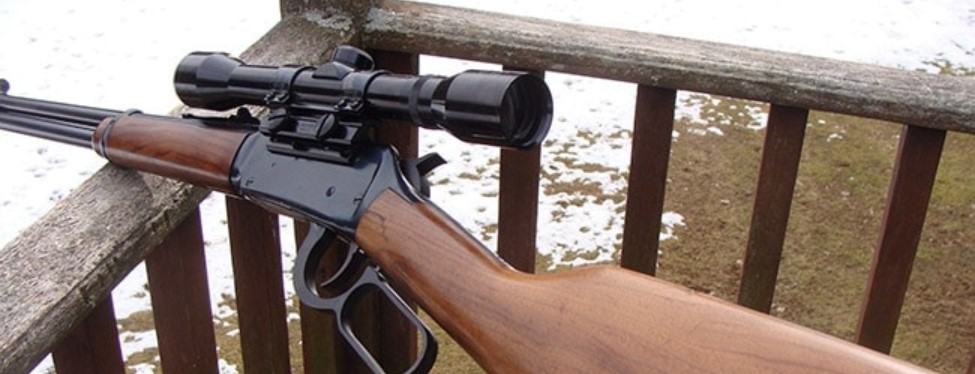


The Western cartridge company promoted the. 30-30 became immensely popular among mainstream hunters of the U.S. 30-30 ammunition was made available in a range of styles and bullet weights. 45 and larger caliber black powder cartridges, refraining from using small bores until the later arrival of the mighty. Western’s initial load, the 160 grain FMJ round nose bullet would have produced rather abysmal wounding in comparison to the wider bores. Experienced hunters of the day were not at all keen on the light 160 grain small bore projectiles for use on heavy bodied game. 30-30 became a far more reliable killer simply because it’s flatter trajectory allowed superior shot placement. Although the older cartridges fired wide 300 to 500 grain bullets boring large holes in game, in the hands of less experienced marksmen, the. Zeroed at 200 yards the 160 gr bullet rose 6” at 100 yards while typical black powder cartridge projectiles had an MRT of over 12” at 100 yards for the same zero. 30-30 was a relatively flat shooting cartridge in comparison to traditional hunting cartridges. 30 caliber, loaded with 30 grains of smokeless powder. This described the cartridge as being of. Dominion and Western also followed this method of cartridge designation. 30 WCF ammunition but labeled their ammunition using the traditional means of cartridge designation- calling the cartridge the. Following its introduction, the Union Metallic Cartridge Company (U.M.C) began manufacture of.

30 W.C.F featured a 160 grain metal patched bullet (RN-FMJ) loaded to a velocity of 1960fps from the M94’s 24” barrel. 30 Winchester Center Fire, Americas first smokeless powder, jacketed bullet hunting cartridge. In 1895, Winchester made a somewhat radical move, chambering the 94 rifle in the Winchester designed. In 1894 Winchester introduced to the hunting market the model 94 lever action repeating rifle, designed by John Browning and chambered for two already popular black powder hunting cartridges, the. 303 British to smokeless powder and the American 30/40, all adopted between 18.Īlthough military powers saw the advantages of small bore smokeless cartridges, hunters were a little slower to accept these new concepts, feeling much more confident with the wide caliber black powder cartridges. Notable military followings were Germany’s 8x57 Mauser in 1888, the Mauser designed 7x57, the conversion of the. In 1886 France adopted the 8mm Lebel, the world’s first smokeless military cartridge that changed cartridge design forever.


 0 kommentar(er)
0 kommentar(er)
